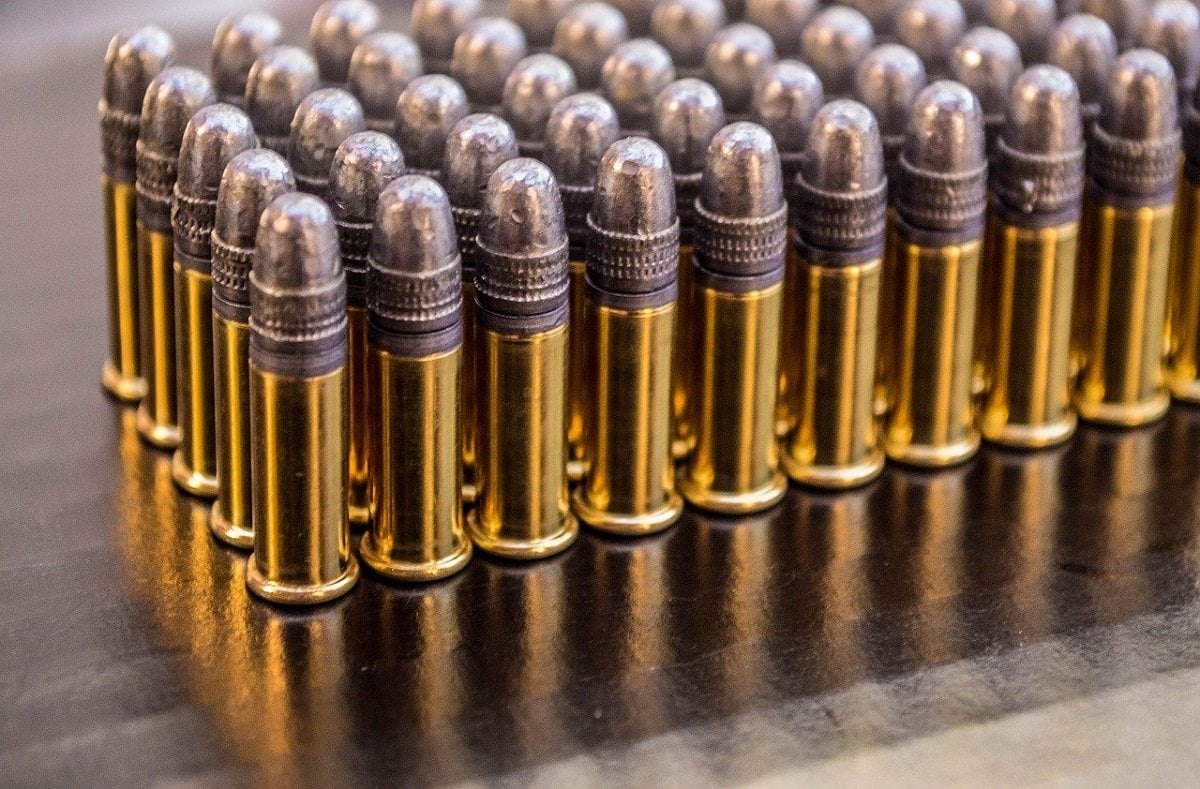It is still increasingly difficult to “lock and load,” even as the manufacturers of firearms ammunition have significantly ramped up production this year, while some factories are literally running 24/7. Even with the increased production, it isn’t likely to quench the insatiable demand. As a result, the “great ammo shortage” that began in 2020 will likely stretch well into 2022.
Why Is Ammo In Such Demand?
The increased need for ammunition from consumers has been largely driven by the record-breaking sales of firearms that began when the pandemic started in the spring of 2020 and only further increased after the wave of violent protests that took place last summer. The election of President Joe Biden, who campaigned on gun control policy, further drove sales.
Last year also saw upwards of five million first-time buyers, who certainly contributed to the record sales of firearms and the short supply of ammunition. The strong sales have continued into this year.
Since taking office, President Biden has pushed for new gun legislation and has nominated David Chipman to serve as director of the ATF. While Chipman is a twenty-five-year veteran of the agency, more recently he worked for Everytown for Gun Safety, and currently serves as a senior policy advisor at the Giffords Law Center to Prevent Gun Violence.
Panic Buying of Ammo
Along with the shuttering of factories in the early days of the pandemic, ammunition supplies simply haven’t kept up with demand. As was seen with the recent gasoline shortages along the East Coast, there has also been panic buying.
“This is probably the largest ammo rush/shortage in the country’s history. It’s pretty incredible,” gun shop owner Travis Carter of Carter’s Country told KTRH news radio this week. “Most customers are asking us the same thing,
‘Why is everybody in here buying ammo?’ So, we just turn around and ask the customer, ‘Why are you in here buying ammo?'”
Carter said the typical answers are much the same: the pandemic, last summer’s civil unrest, and the continued calls for more gun control.
“[A] simple lack of product across the board for a lot of people is a very frustrating thing on our end, but ultimately it trickles down to the lack of supply and an incredible demand,” added Carter.
Even as factories are now running around the clock, many gun owners continue to express frustration that shelves remain empty and when ammunition can be found it costs a whole lot more. The basic economics of “supply & demand” mean that a box of 50 9mm rounds that had typically cost around $15-$20 a box before the pandemic can now cost upwards of $35 and at one point was as high as $52 in parts of Maryland and in the Washington, DC area.
As Guns and Ammo recently reported, consumers should just be patient and expect the shortage to continue a while longer. However, despite online rumors, there is no cabal secretly limiting supplies to either drive up profits or some nefarious plot to disarm Americans. Rather, like many industries, ammunition suppliers were caught off guard by the demand.
“No industry can be prepared for a sudden, unprecedented, exponential increase in demand. Even if manufacturers had seen this coming, preparation would have meant storing vast inventory – a very costly measure,” wrote Guns and Ammo. “Then, when demand returns to near-normalcy, the manufacturers would have to scale back, preferably without closing doors or cutting jobs. As well, manufacturers and dealers alike risk getting stuck with excess inventory that will need to be sold quickly and probably at a loss.”
Gordon Marsh, a storefront and e-commerce retailer, explained it well enough, “Consumers never complain when a manufacturer, dealer, or distributor is forced to sell product below cost and lose money!”
Peter Suciu is a Michigan-based writer who has contributed to more than four dozen magazines, newspapers and websites. He regularly writes about military small arms, and is the author of several books on military headgear including A Gallery of Military Headdress, which is available on Amazon.com.

